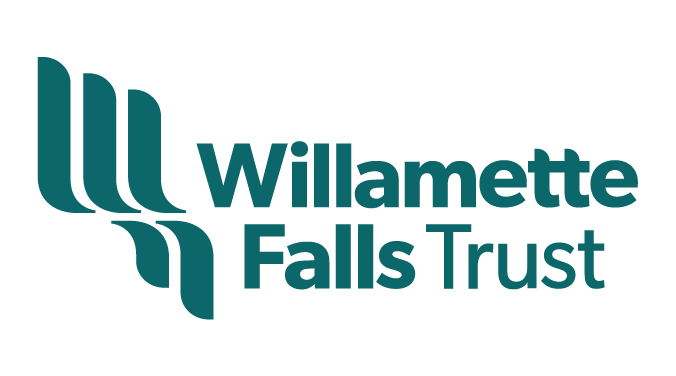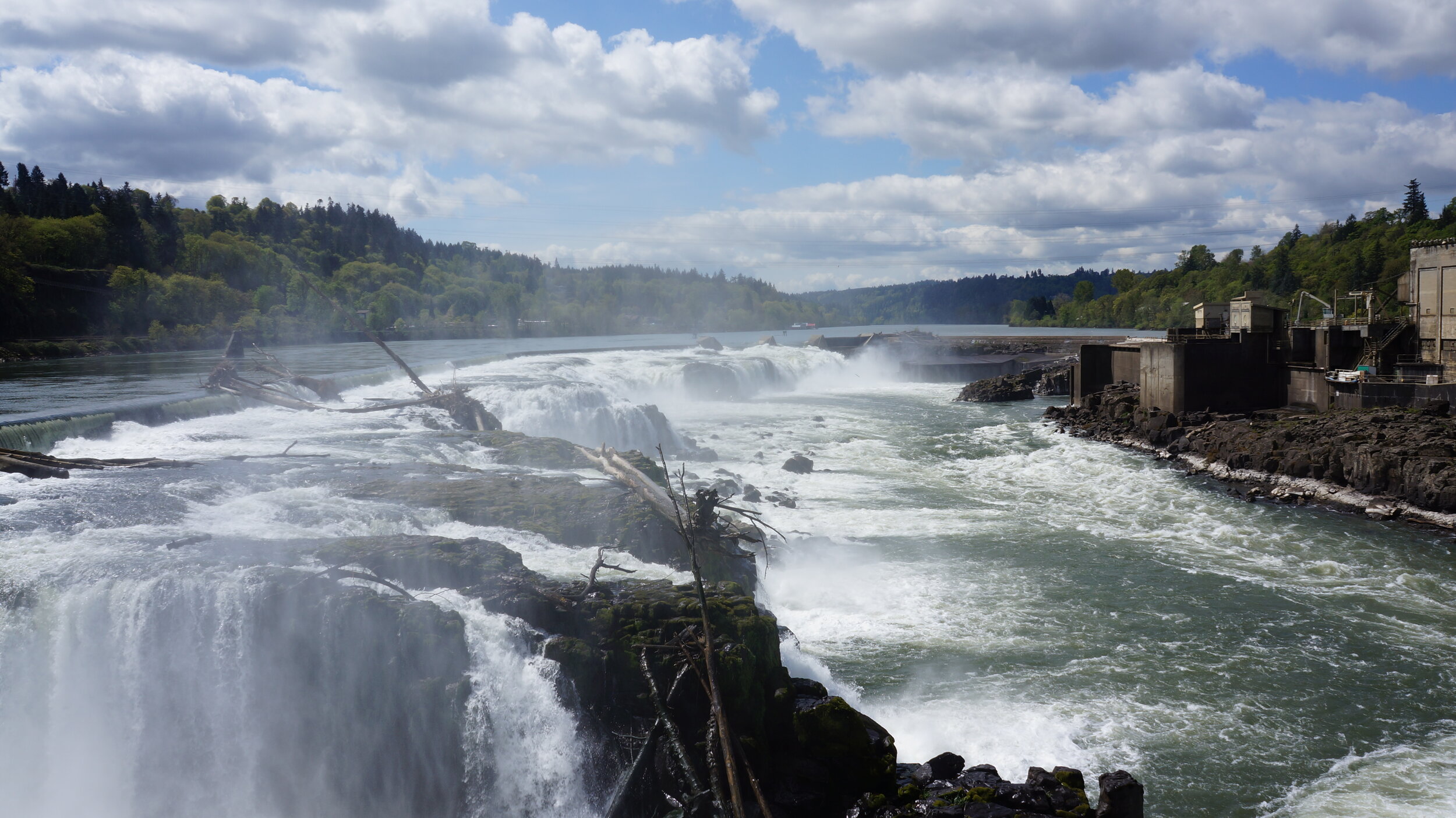Native American Heritage Month is just a beginning
As we near the end of November—a month that, for many, is marked by the Thanksgiving holiday—we have found our conversations centering around a different celebration: Native American Heritage Month.
“History is important. It tells us who we are. We can’t plan our future until we really know our past, and where we came from and how we got here. . .” Native American attorney, Tribal judge, author and activist, Walter Echo Hawk
Since 1994, November has been set aside in our country to “celebrate rich and diverse cultures, traditions, and histories and to acknowledge the important contributions of Native people.” While this month can be a starting point, much work remains to acknowledge the breadth and depth of the many thriving Indigenous communities across Oregon and the continent.
That work goes beyond one solitary month. It means celebrating Native identities and holding space for people who stand with their culture and community year-round. It means spending time to relearn the incomplete, one-sided history taught to us in schools for generations. It means acknowledging that everywhere we walk is Native land.
Willamette Falls has always been a place of gathering and seasonal return—of people, communities, the fish, the eels, and all of our relatives in nature. It is also a place that reflects the work that must be done. As we center Indigenous community voices throughout the public riverwalk planning, there is opportunity for healing—of the land and water, for learning and gaining a deeper understanding of past wrongs at the Falls and with Indigenous communities, and making space for a greater, community-wide connections.
So, as seasons shift, we take time to stay warm, connect with our families and community, listen to our elders, and pass on their knowledge and teachings. With that being said, we’d like to share with you a conversation—the words of our Native board members Jon George, Robert Kentta, Armand Minthorn and Yellowash—elders whose perspective shapes our work in so many ways:
Jon George, Confederated Tribes of Grand Ronde
“I'm thankful that there is a chosen time to acknowledge Native Americans in this country after over 200 years of policies of assimilation and annihilation. I think we are coming into a new era where it’s time to start telling truths of what happened to our ancestors.
I grew up in the 60’s learning about a couple of larger tribes – and that was Native history. But we are all so individual, with different dialects, cultures, lifeways. And it’s important that today our people—the many living cultures—are recognized as sovereign nations, and that our voices are heard all the way to D.C.
As our world changes, it is crucial for the stories and the histories to be told so that our younger generations will say—history will never be repeated.”
Robert Kentta, Confederated Tribes of Siletz Indians
“There are several ways to think about Native American Heritage Month, one of which is a simple acknowledgement of the many Tribes who were forced to give up vast areas of land for there to be a United States. Or there can be a deeper understanding about colonization and its policies that have led to the loss of languages and cultures—and people. And, if this can lead us to a true reconciliation with history, we can move towards a more justice society for Indigenous people. I think about the words of Walter Echo Hawk:
“The United Nations Declaration on the Rights of Indigenous Peoples—a human rights beacon. . .that asks all nations of the world to restore and protect the human rights of the world’s Indigenous peoples.”
Oregon’s Senate Bill 13 is one step in the direction of telling our state’s more complete history. And while we have a long way to go, I see this as a beginning towards a more enlightened era and a greater respect for the peoples who have been here since time immemorial and who continue to shape the future of Oregon.”
Armand Minthorn, Confederated Tribes of the Umatilla Indian Reservation
“Here in the Northwest, and across the continent, we have always been here. Our ancestors did not cross any land or bridge. The Tribes’ languages, songs and ceremonies tell us that we were created here.
From generation to generation, we are trying to keep our culture and way of life strong so our younger generations can know who they are and where they come from. The only way to do this is learning and speaking the languages—we all have our different ways of life, languages and traditions.
What’s important in this month of recognition is that while we’re all different, we all live on the same land, and we all need to take care of it.
Everything is connected. Food, water and clean air are all connected. . .you can’t separate them. We want our future generations to know how to care for the land. That’s why we have to connect with each other—both Indian and non-Indian—and come together to protect our land—just as it takes care of us.”
Yellowash, Confederated Tribes and Bands of the Yakama Nation
“This month, we celebrate Thanksgiving. And in school we were taught about 1620—Plymouth Rock and the pilgrims. . .but it took 304 years before Native Americans were even considered citizens of the United States. And yet, we were the original people—significant in contributing to the formation of the United States government. Decision-makers looked to the Iroquois Confederacy at the time to learn from their wisdom of bringing together many voices under representative leadership. Not many people know about this.
I think about all of our Native American veterans. During World War II, there were 34 different groups of code talkers. . .that through their language helped win the war. And it's only recently that they have been recognized. Slowly, we are seeing this change—with Senate Bill 13, and curriculums in schools, that the diversity of the Native experience and contributions are finally being seen. It’s a start.
I was thinking about a statue in Seaside, that signifies the end of the Oregon Trail. Some could say it’s a sad statue that signifies Indian defeat. But I don’t see it like that. I see it as the rider and his horse are praying. That they continue to hold on to their spiritual beliefs and the ways in which they communicate with their creator.
Sometimes we have to shift our perspective and the lens we look at things through. That is my hope—that we all collectively will begin to do this here in our nation.”
We invite you to enter into this conversation and join us in finding ways in which we can all listen and learn, take action, and create the space for connection and relationship —that will flourish and last long after November.





